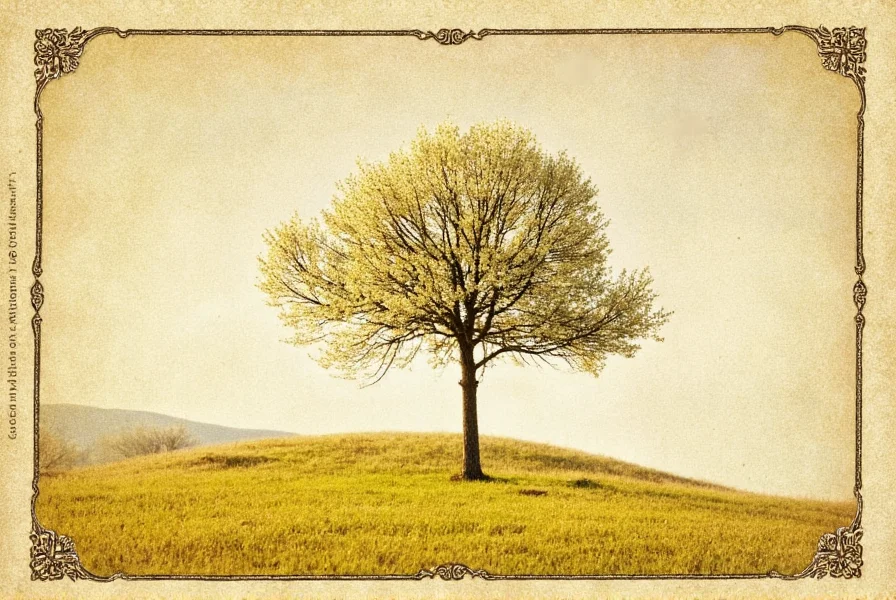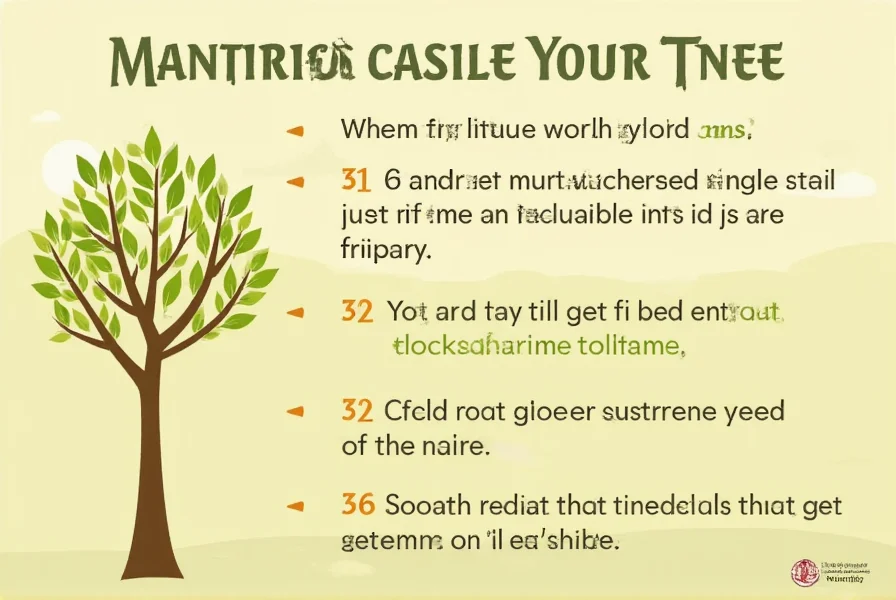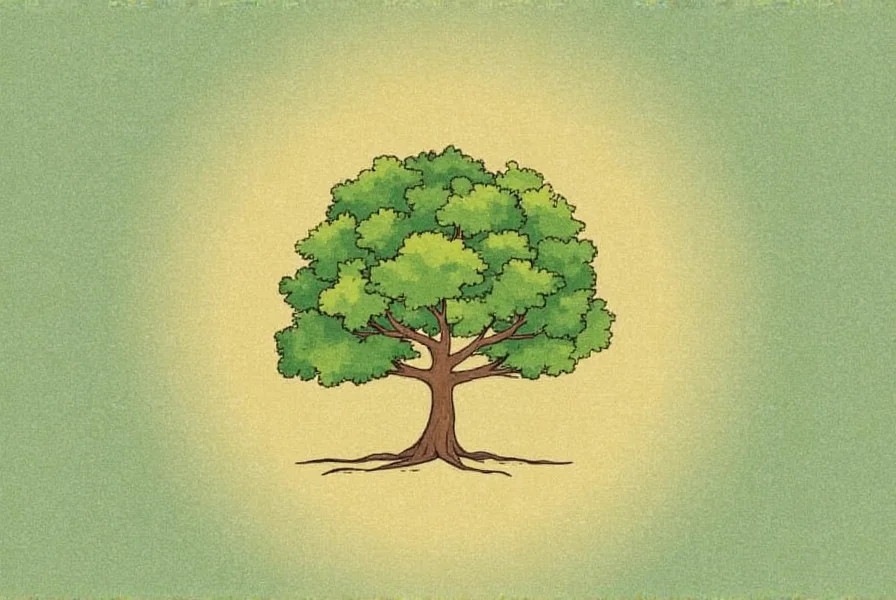The mustard seed parable remains one of the most recognizable teachings in the New Testament, offering profound insight through simple agricultural imagery. This teaching appears across three Gospel accounts, demonstrating its importance in early Christian tradition. While modern readers might question how a tiny seed relates to spiritual growth, the parable's power lies in its accurate observation of nature combined with spiritual metaphor.
Understanding the Mustard Seed Parable in Context
When Jesus shared this teaching in first-century Palestine, his audience would have immediately recognized the reference. Mustard plants grew wild throughout the region, particularly the black mustard (Brassica nigra), which could reach heights of 8-10 feet—exceptionally large for a plant growing from such a minuscule seed. The parable's effectiveness stems from this observable reality: something seemingly insignificant can develop into something substantial.
Contrary to popular belief, the mustard plant doesn't literally become a tree. The Greek word used in the original texts ( dendron) simply means "plant" or "shrub," not specifically a tree. This distinction matters because Jesus was making a comparative point about growth potential, not botanical accuracy. The image of birds nesting in its branches would have resonated with Jewish listeners familiar with Old Testament references to trees providing shelter (Ezekiel 17:23, Daniel 4:12).
Botanical Reality Behind the Parable
Modern botanical research confirms the accuracy of Jesus' observation. The black mustard plant (Brassica nigra) produces seeds measuring approximately 1-2 millimeters in diameter—the smallest commonly cultivated seeds in the region during biblical times. Despite their size, these seeds can produce plants reaching 8-10 feet in height under optimal conditions.
| Characteristic | Mustard Seed | Full-Grown Plant |
|---|---|---|
| Size | 1-2 mm diameter | 6-10 feet tall |
| Growth Time | N/A | 60-90 days to maturity |
| Historical Significance | Smallest commonly cultivated seed in ancient Palestine | Provided shade and habitat for birds |
Archaeobotanical evidence from ancient Judean sites confirms mustard cultivation during the first century. The plant's rapid growth cycle—from germination to full size in just 60-90 days—made it an ideal illustration for Jesus' teaching about the unexpectedly rapid expansion of God's kingdom.

Spiritual Interpretation and Meaning
The mustard seed to tree parable carries multiple layers of meaning that have resonated with believers for centuries. At its core, the teaching addresses the apparent contradiction between the humble beginnings of Jesus' ministry and the eventual global impact of Christianity.
Three key interpretations have emerged throughout Christian tradition:
- Kingdom Growth: The parable illustrates how God's kingdom starts with seemingly insignificant beginnings (Jesus and his small group of followers) but eventually spreads throughout the world.
- Transformative Power: It demonstrates that divine work often begins small but produces extraordinary results beyond human expectation.
- Inclusive Nature: The reference to birds nesting in the branches suggests the kingdom's welcoming nature, providing shelter for all who seek refuge.
Early church fathers like Augustine and Origen expanded on these interpretations, connecting the mustard plant's pungent flavor to the transformative influence of Christian teaching in society. Modern scholars continue to explore the parable's relevance in contemporary contexts, examining how small acts of faith can create significant societal change.
Common Misunderstandings About the Mustard Seed Story
Several misconceptions have developed around this parable over time. One frequent error claims that the mustard seed is literally the smallest seed in the world, which isn't botanically accurate (orchid seeds are smaller). However, in the agricultural context of first-century Palestine, mustard seeds were considered the smallest commonly cultivated seeds.
Another misunderstanding suggests the parable describes an actual tree. The Greek terminology simply refers to a large plant or shrub. This distinction matters because Jesus was making a proportional point—not claiming a seed becomes something it's not, but showing remarkable growth from humble beginnings.
Some interpretations mistakenly emphasize the mustard plant's invasive nature as negative, but historical evidence suggests Jesus highlighted its impressive growth rather than any weed-like qualities. The parable's focus remains on unexpected expansion from small beginnings.

Practical Applications Today
The mustard seed to tree principle continues to inspire individuals and communities worldwide. Modern applications include:
- Personal Faith Development: Recognizing that spiritual growth often begins with small, consistent practices
- Social Movements: Understanding how significant change frequently emerges from modest beginnings
- Community Building: Appreciating how small acts of kindness can create welcoming environments for others
Researchers studying social dynamics have noted parallels between the parable's principle and the "butterfly effect" in chaos theory—small initial conditions producing large-scale consequences. This scientific perspective complements the spiritual teaching, showing how both faith and reason recognize patterns of disproportionate impact from small beginnings.
Historical Significance Across Cultures
The mustard seed parable's enduring power lies partly in its cross-cultural resonance. Similar teachings about small things producing great results appear in various wisdom traditions:
- Ancient Egyptian texts comparing the pharaoh's power to a growing plant
- Buddhist parables about small acts of compassion creating large karmic effects
- Rabbinic teachings using agricultural metaphors for spiritual growth
What makes the mustard seed teaching distinctive is its specific connection between observable natural phenomena and spiritual reality. Unlike purely metaphorical teachings, Jesus grounded his instruction in something his listeners could verify through their own agricultural experience.











 浙公网安备
33010002000092号
浙公网安备
33010002000092号 浙B2-20120091-4
浙B2-20120091-4